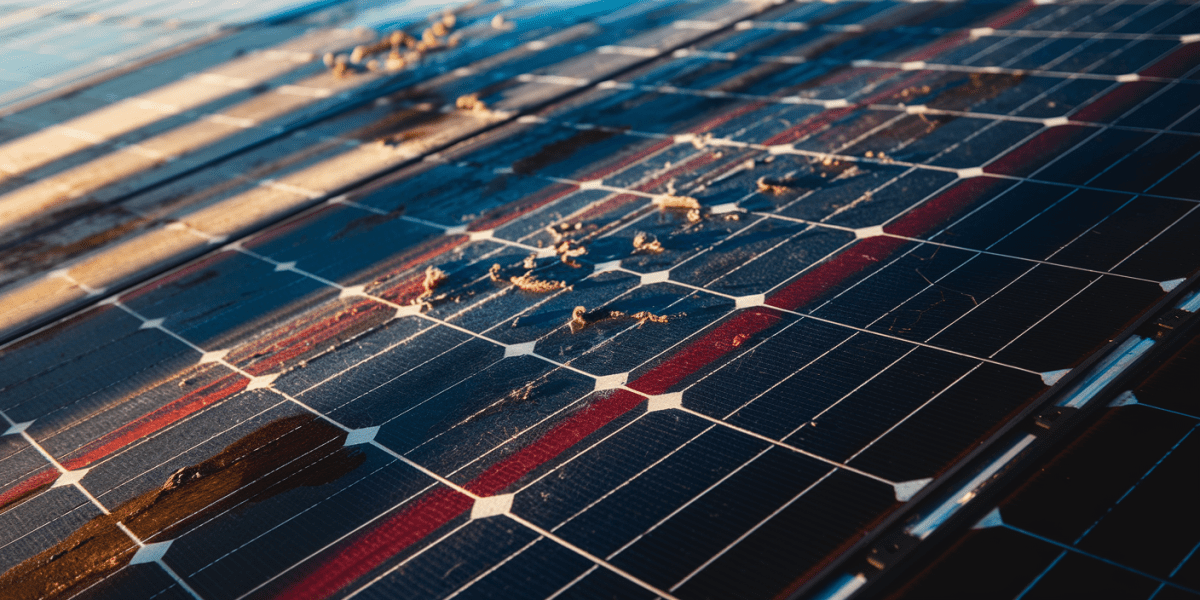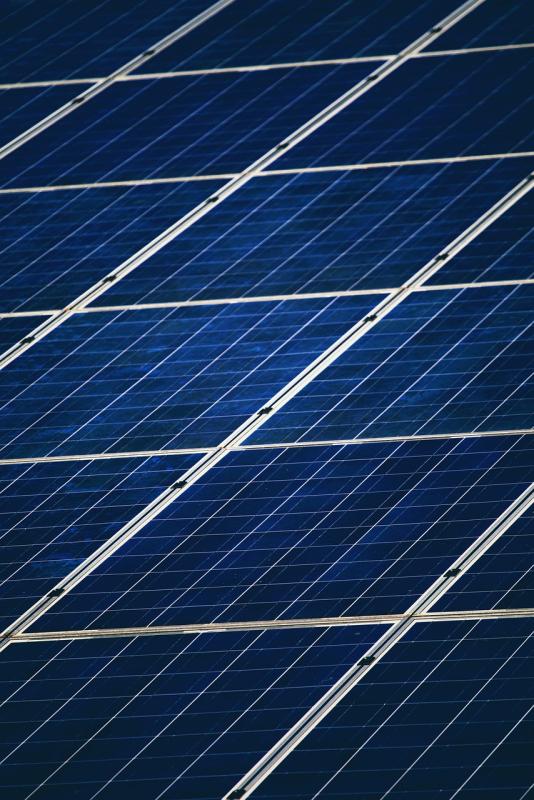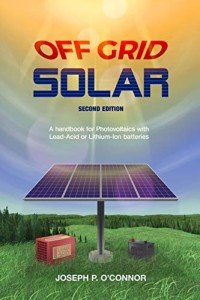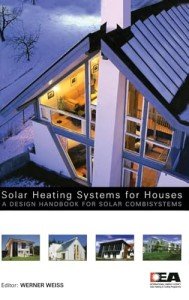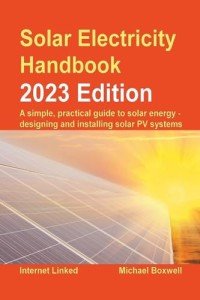Your solar panels might be underperforming right now, and you don't even know it! Temperature, coastal salt exposure, dust buildup, and hidden shade sources can slash your power output by up to 25%. Surprisingly, extremely hot days actually reduce efficiency, while cold, sunny days can boost production by 7%. That pesky bird dropping? It's not just unsightly - it could cause permanent damage. Even your panel's orientation and the reflectivity of your ground surface impact performance greatly. Simple maintenance and strategic placement can dramatically improve your results, and there's so much more to uncover about maximizing your solar investment's potential.
The Temperature Paradox
Solar panels present a fascinating paradox: while they need sunlight to generate electricity, too much heat actually reduces their efficiency. You might think that scorching summer days would be ideal for solar power, but the temperature effects can work against you in surprising ways. Proper orientation and tilt play a crucial role in managing heat impact.
Here's what's really happening: for every degree above 25°C (77°F), your panels lose about 0.3% to 0.5% of their power output. That means on those blazing hot days when your panels hit 60°C (140°F), you could be losing up to 15% of your potential power! Modern panels can operate at 20-40°C above ambient temperature under full sun conditions.
But don't let this discourage you - there's a silver lining to these efficiency variations. Your panels can actually perform above their rated capacity during cold, sunny days, generating up to 7% more power at freezing temperatures.
Want to maximize your solar investment? Focus on proper installation with good airflow, consider micro-inverters to optimize individual panel performance, and keep those panels clean.
Coastal Corrosion Concerns
If you're installing solar panels near the coast, you'll need to watch out for salt-induced degradation that can eat away at your panels' aluminum frames and electrical connections.
The risk is especially high since junction boxes are particularly vulnerable to damage from coastal humidity.
You can protect your investment by choosing panels with specialized protective coatings that shield against corrosive salt spray, humidity, and harsh coastal conditions.
Comprehensive maintenance through scheduled service visits helps prevent long-term performance declines in coastal environments.
Regular maintenance and cleaning of your panels isn't just a good idea—it's essential to prevent salt buildup and extend the life of your solar investment.
Salt-Induced Panel Degradation
Located within a few miles of coastlines, solar installations face a unique and persistent threat: salt-induced degradation. If you've invested in coastal solar panels, you're probably wondering how to protect your clean energy dream from nature's saltiest challenge.
Let's tackle this head-on - your panels' future depends on it!
Salt accumulation effects aren't just a minor nuisance; they're efficiency vampires that can suck away up to 20% of your panels' power output. That beautiful ocean breeze you love? It's carrying tiny salt particles that are quietly wreaking havoc on your solar investment. Studies show these installations can suffer 15% power loss within just five years of exposure to salty coastal conditions. The combination of salt and moisture creates a galvanic reaction when different metals in your installation come into contact.
But don't pack up and move inland just yet!
You've got powerful corrosion prevention techniques at your disposal. Start with regular cleaning - it's like giving your panels a spa day that keeps them performing at their peak.
Invest in IEC 61701-certified panels; they're your best defense against coastal corrosion. And here's a pro tip: shelter those inverters! They're particularly vulnerable to salt damage, and replacing them isn't cheap.
Protective Coating Solutions
When battling coastal corrosion, protective coatings serve as your panels' first line of defense against salt damage. You've got powerful coating materials at your disposal, from tough metal shields like aluminum and zinc to cutting-edge nano-coatings that laugh in the face of harsh weather. Silicon nitride coatings maximize light absorption while reducing reflection on glass surfaces. The extended lifespan of panels with protective coatings justifies their initial investment costs.
Don't let salt air rob you of your energy independence!
Here's what's exciting: application techniques have come a long way. You'll love how hydrophobic coatings like Diamon-Fusion® create an invisible force field that makes water droplets roll right off, taking pesky salt and grime with them. It's like giving your panels a superpower!
And guess what? These coatings aren't just tough - they're smart. They're letting more sunlight reach your cells while fighting off UV damage and moisture.
Want to take it to the next level? Advanced nano-coatings are your ticket to maximum protection. They're handling everything Mother Nature throws at them, from scorching heat to freezing cold.
Ground Reflectivity Effects
Many solar panel installations can benefit from strategic ground reflectivity enhancements, which boost energy output by up to 4.5%.
You'll be amazed at how simple reflector types, from white surfaces to natural snow cover, can transform your solar system's performance. Think about it - you're literally capturing sunlight twice!
Want to maximize your solar freedom? Your geographic location plays a vital role. The study was backed by major funding agencies including NSERC and the US Department of Energy.
If you're in snowy Canada, you're sitting on a natural reflector that can boost efficiency by up to 70%. Even in cloudy Seattle, you'll see power gains of up to 6% with the right ground reflectors. This research has sparked a significant research partnership collaboration between the University of Ottawa and NREL.
And if you're in a desert region? Those sandy surfaces are working overtime to amplify your solar output.
You don't need a massive plot of land to harness this power.
Whether you're in a cramped city center or have limited roof space, ground reflectors help you squeeze every watt from your installation.
By placing reflective surfaces directly under your panels - not between rows - you're maximizing your energy independence.
It's time to take control of your energy future and let those reflectors work their magic!
Hidden Shade Sources
While reflective surfaces can boost your solar output, hidden shade sources can quickly diminish those gains. You might think you've found the perfect spot for your solar panels, but sneaky shadows could be sabotaging your energy independence without you even knowing it!
Don't let hidden shading crush your solar dreams. Those innocent-looking trees, neighboring buildings, and even your chimney can cast shadows that slash your solar efficiency by up to 75% - even when only a tiny portion is covered! It's like having a sports car with flat tires; all that potential power goes to waste.
But here's the kicker: you're not powerless against these lurking shade villains.
Want to maximize your freedom from the grid? Start by conducting a thorough shade analysis of your property. Look up, down, and all around - those telephone wires you barely notice? They matter.
Consider using micro-inverters or power optimizers to fight back against partial shading effects. Remember, your solar journey is about breaking free from constraints, so don't let hidden shade sources hold you back from energy independence!
Seasonal Weather Patterns
Understanding seasonal weather patterns is essential for maximizing your solar panel's performance throughout the year. When you're trying to harness the sun's power, you'll need to anticipate how seasonal fluctuations affect your system's output. Don't let these natural cycles catch you off guard!
During summer, you'll enjoy peak production with longer days and higher sun angles, but here's the catch - those scorching temperatures can actually reduce your panels' efficiency. For every degree Celsius rise, you're losing 0.03-0.05% efficiency.
Winter brings its own challenges with shorter days and increased cloud cover, potentially slashing your energy production by 40-60% in particularly cloudy regions.
But don't let weather variability discourage you! You've got options to maintain consistent power generation. Consider adjusting your panel angles seasonally, and think about adding energy storage solutions to keep you powered up during those gloomy winter days.
Material Quality Matters
Beyond weather patterns, the quality of your solar panel's materials directly shapes its power-generating capability. When you're looking to break free from traditional energy sources, material purity becomes your best ally.
Think about it - pure silicon crystals, especially in monocrystalline panels, can convert up to 22% of sunlight into electricity, while lower-quality materials might leave you stuck at half that efficiency.
The manufacturing impact on your panel's performance can't be ignored either. You wouldn't settle for a cheap smartphone, so why compromise on solar technology that'll power your home for decades?
Today's advanced manufacturing processes create panels with anti-reflective coatings and optimized cell configurations that squeeze every possible watt from the sun's rays. The difference between high-quality and mediocre materials isn't just about numbers - it's about your energy independence.
With top-tier monocrystalline panels, you'll need less roof space to power your dreams of energy freedom. And here's the kicker: while premium panels might cost more upfront, they'll reward you with reliable performance and higher efficiency for over 25 years.
Isn't that worth investing in your energy future?
Dust and Debris Impact
You'll be shocked to learn that your solar panels can lose up to 25% of their efficiency over just a few months as dust and debris slowly build up on their surface.
To understand how quickly this happens, you can monitor your system's output weekly and notice the gradual decline in performance, which often starts within days of your last cleaning.
When you track these reductions carefully, you're better equipped to create an effective cleaning schedule that keeps your panels operating at peak efficiency, saving you money and maximizing your green energy production.
Dirt's Effects Over Time
The dirt dilemma poses a significant challenge for solar panel owners, as dust and debris accumulation can severely impact energy production over time.
You'll notice your panels' performance dropping gradually, with efficiency losses ranging from 5% to 25% if you don't take action. Think about it - would you let your car go unwashed for months? Your solar investment deserves the same attention!
When dirt accumulation goes unchecked, you're not just losing energy - you're losing money. Those seemingly harmless particles can create a heat sink effect, leading to dangerous hot spots on your panels.
Even worse, organic matter like bird droppings can actually corrode your panels' surface, creating permanent damage that no amount of cleaning can fix.
Here's the kicker: your cleaning frequency needs to match your environment. If you're near dusty roads or agricultural areas, you'll need more frequent cleanings than someone in a cleaner location.
Don't let your investment go to waste! By maintaining a regular cleaning schedule, you can boost energy production by up to 36%.
That's the kind of freedom from energy bills you signed up for, isn't it?
Measuring Performance Reduction Rates
Performance tracking systems reveal that dust and debris can slash your solar panel's efficiency by up to 2% annually in challenging environments.
You've invested in solar freedom, so don't let Mother Nature rob you of your energy independence! Through careful performance metrics and degradation analysis, you'll spot efficiency drops before they drain your wallet.
Want to stay ahead of the curve? Keep an eye on your energy output readings and peak sun hours. Your solar monitoring system isn't just a fancy gadget - it's your early warning system against performance thieves like dust, pollen, and urban grime.
When multiple environmental stressors gang up on your panels, they'll work harder than a coffee maker on Monday morning to maintain power production.
You wouldn't let your car run for years without maintenance, would you? The same goes for your solar investment.
Most manufacturers guarantee 80% power output after 25 years, but that's only possible with regular monitoring and maintenance. By tracking your system's performance, you're not just protecting your investment - you're securing your energy independence for decades to come.
Take control of your solar destiny!
Panel Orientation Secrets
Mastering solar panel orientation can dramatically boost your system's energy production and cost savings.
You'll want to aim those panels south if you're in the Northern Hemisphere - it's like giving your system a natural energy drink! By positioning your panels at the ideal tilt angle (equal to your latitude), you're releasing up to 30% more power than poorly oriented installations.
Think you can't achieve panel efficiency because your roof doesn't face south? Don't let that stop you! While south-facing panels are the gold standard, you've got options.
Southwest or southeast orientations only sacrifice about 8% efficiency - that's still 92% of maximum potential! Even east or west-facing panels can work well, producing just 15% less energy than their south-facing cousins.
Here's a secret many installers won't tell you: sometimes west-facing panels can actually be more profitable, especially if you're on time-of-use pricing in places like California.
They'll generate more power during peak evening hours when electricity rates are highest. Smart, right? The key is matching your panel orientation to your specific needs, local climate, and energy consumption patterns.
Final Thoughts
You're now armed with the inside scoop on solar panel secrets that most people overlook! From scorching temperatures that ironically reduce efficiency, to those sneaky shadows from your neighbor's monster tree, you've got the knowledge to maximize your solar investment. Don't let these hidden factors catch you off guard - they could mean the difference between powering your whole house and barely keeping the lights on. Take action now, and let the sun work harder for you!
